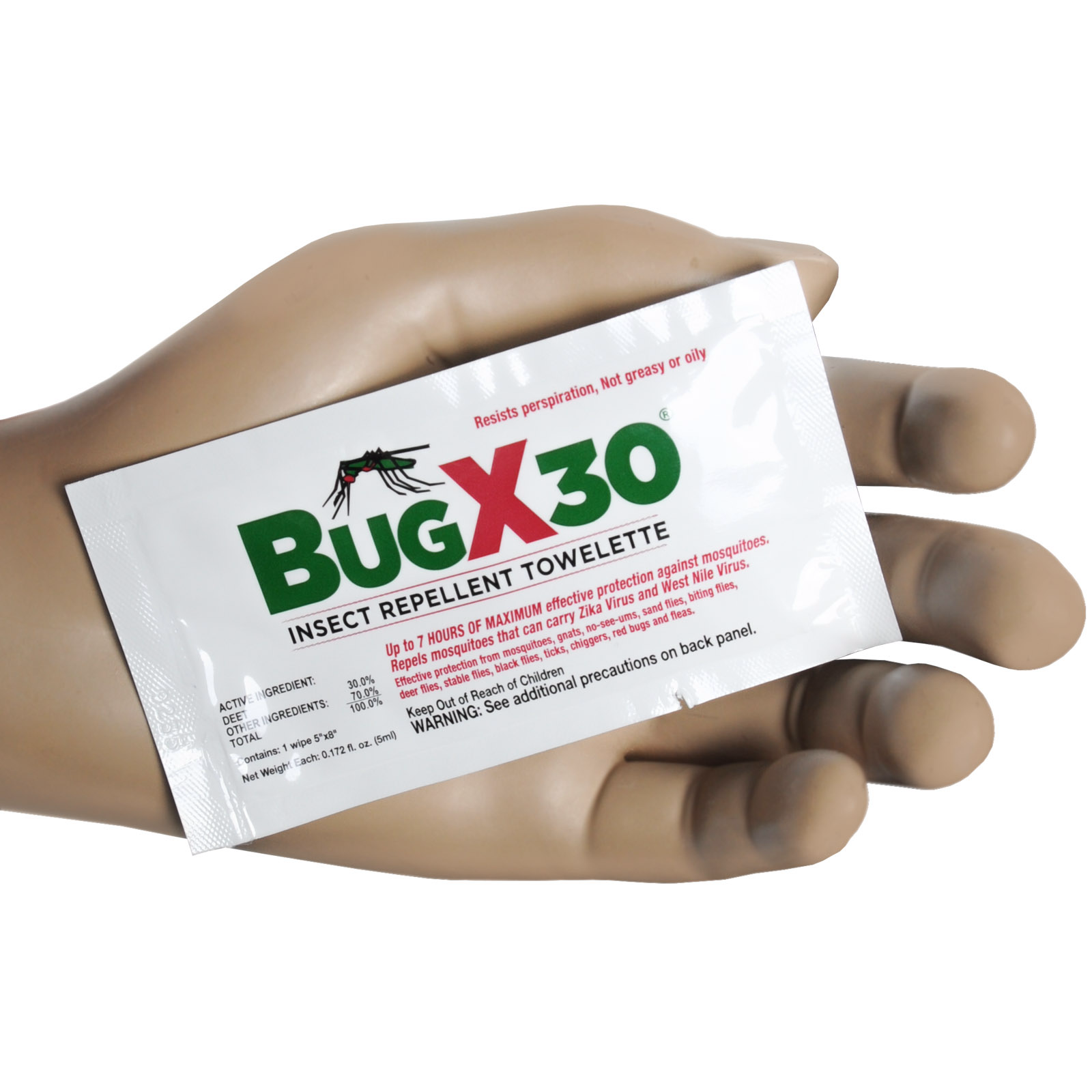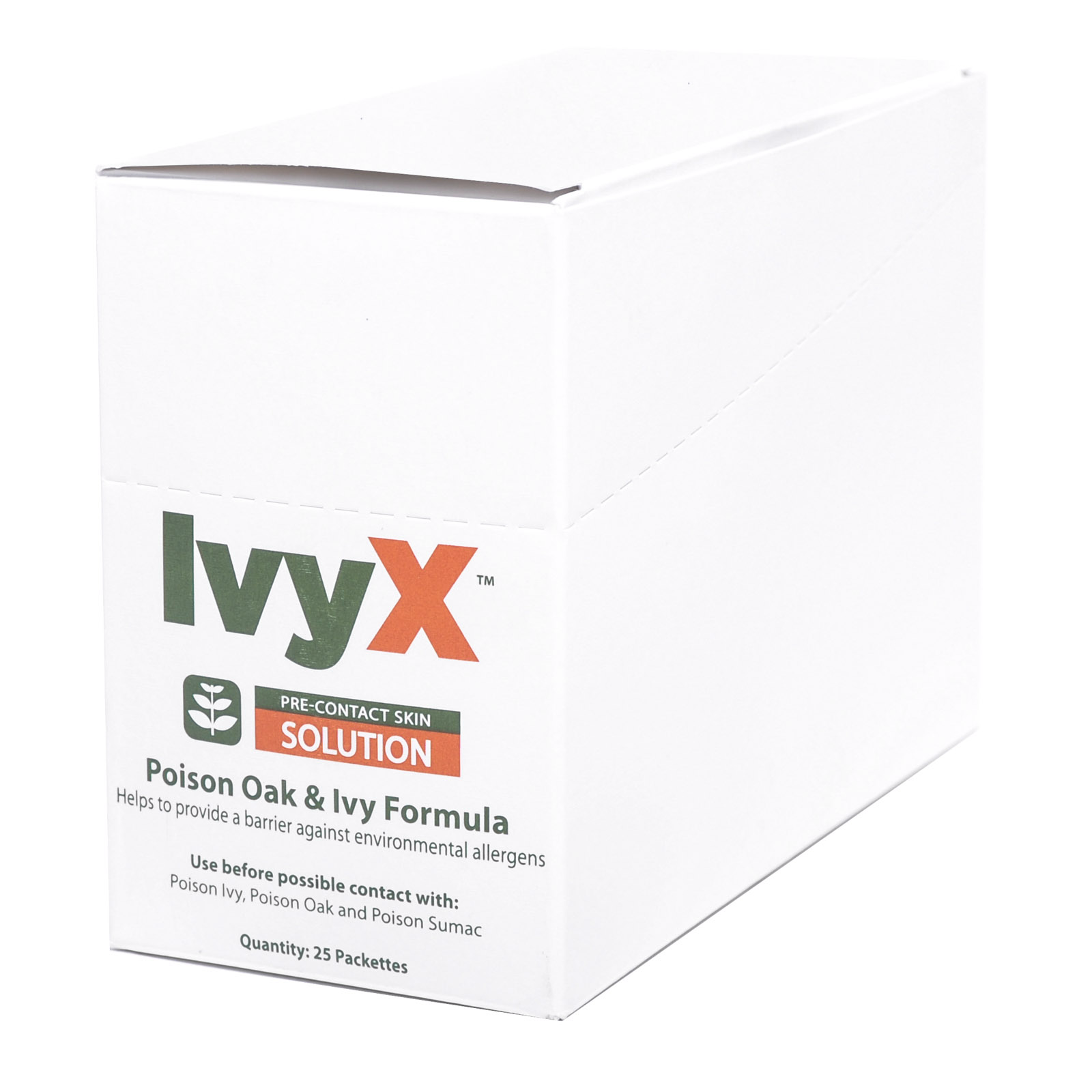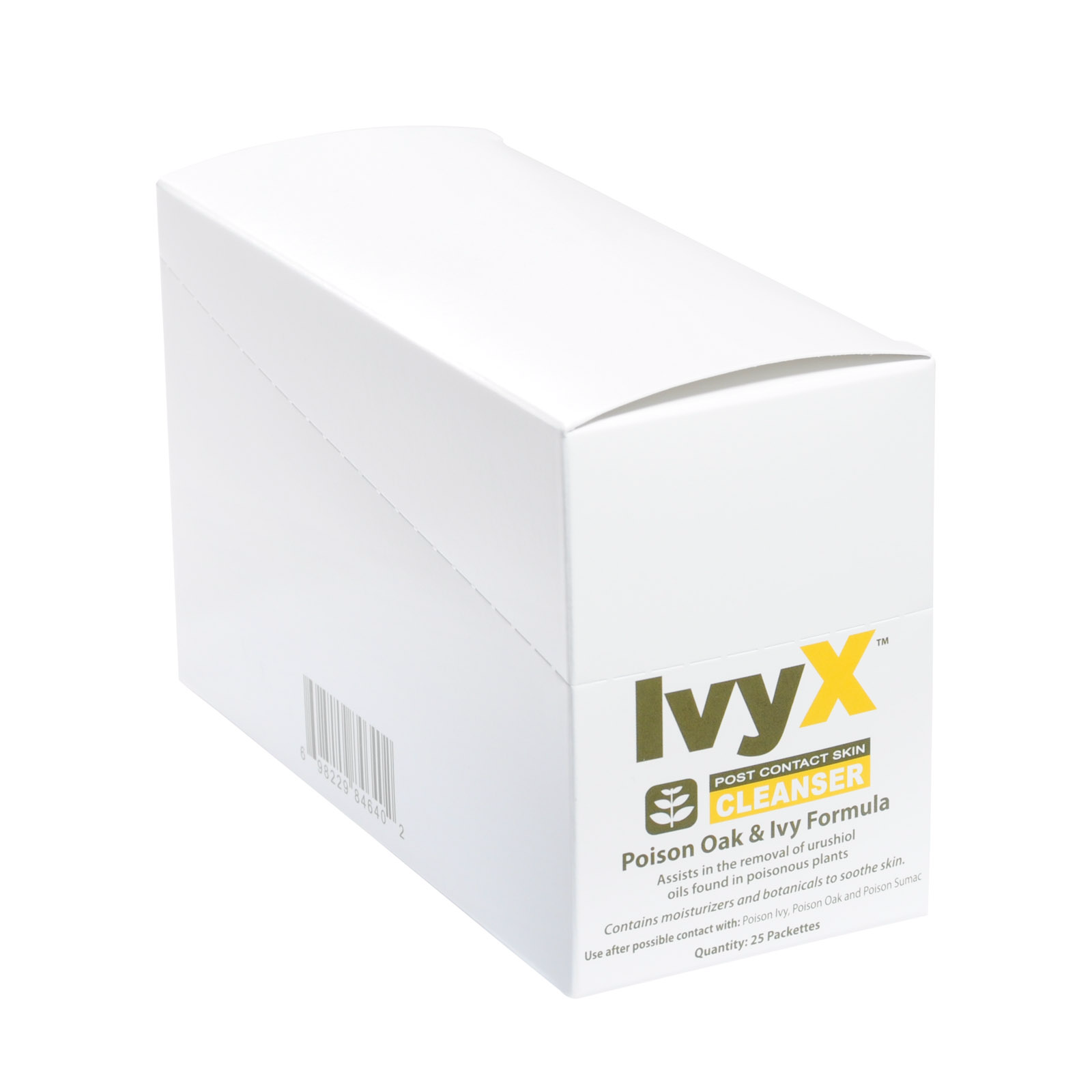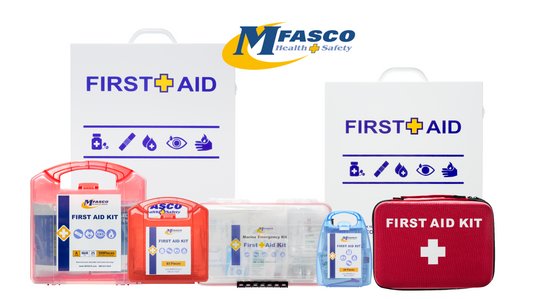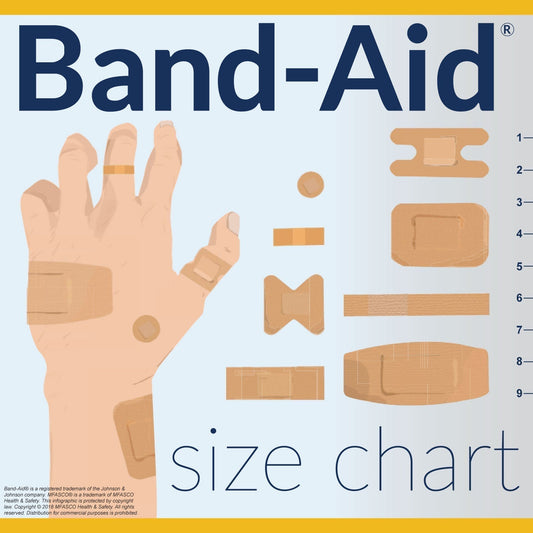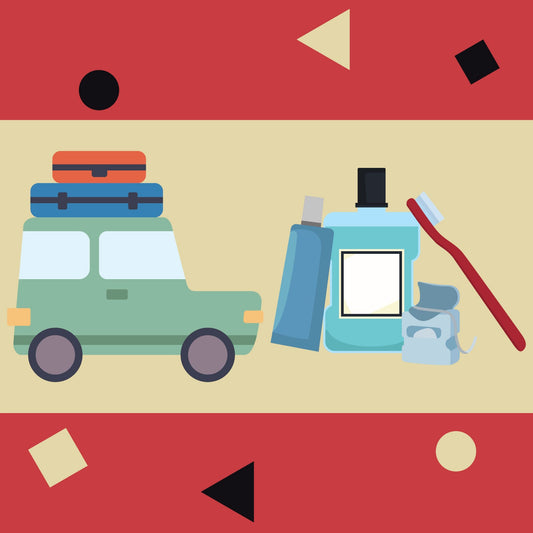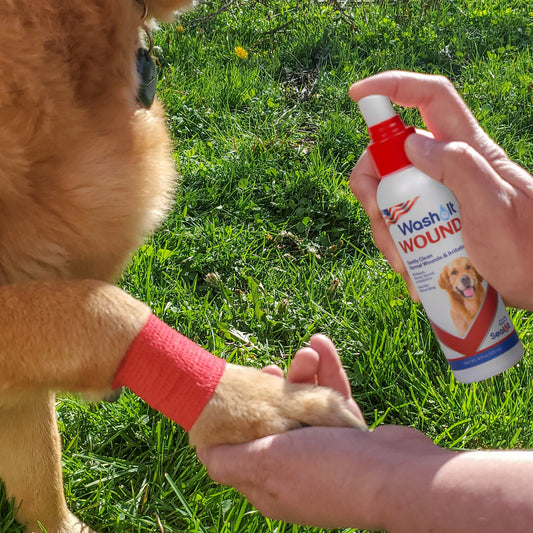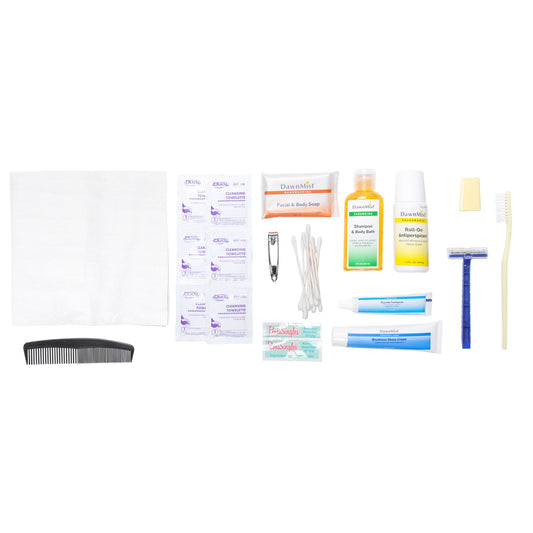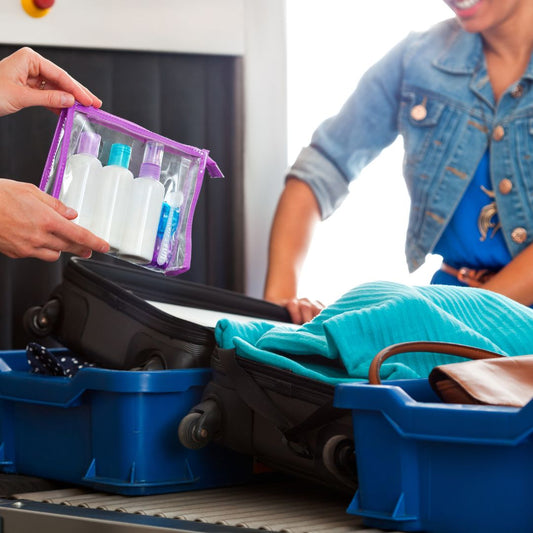5 Outdoor Health Tips - Part 2
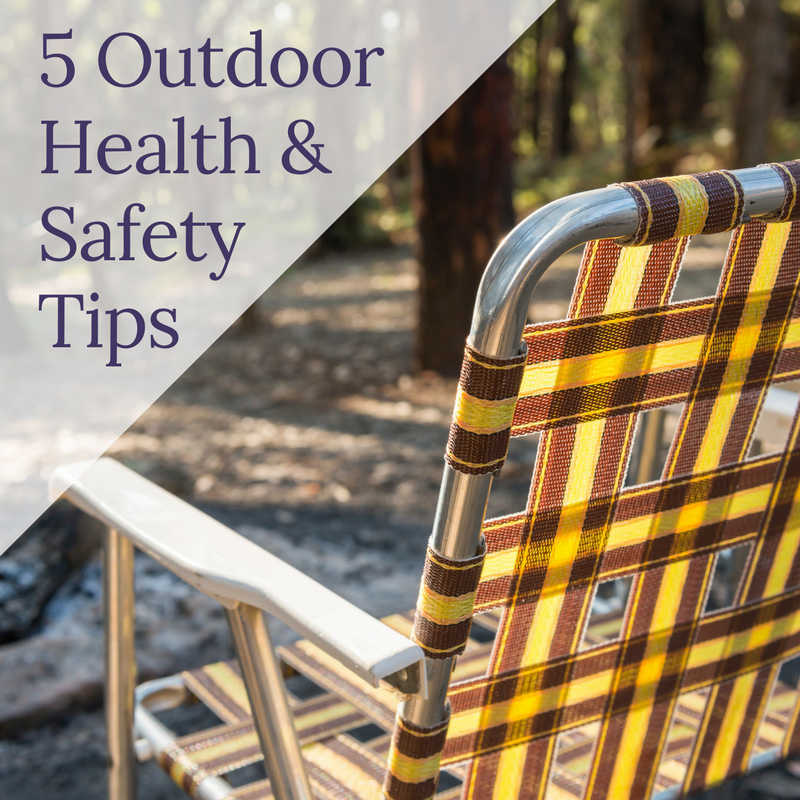
This is part 2 of "5 Outdoor Health Tips To Remember". As we spend time outdoors, we wanted to highlight several important tips to help you enjoy the outdoor experience. In part 1, we talked about heat and sun-related illnesses. This article will cover the last 3 outdoor health and safety tips which include summer allergies, insects, and poisonous plants. The reality is that any one of these can ruin our fun and potentially send us indoors or even worse, to the hospital. Let's take a closer look at how we can treat and prevent these potentially dangerous hazards.
#3 - Summer Allergies
Plants & Pollen - Weeds, grass, and other plants are very active with pollen during the summer. Most allergies can be combated by taking counter-allergy medicine. For itchiness and hives, a common product like Benadryl might help. For those who are sensitive to plants and pollen, avoid areas of overgrown plants if at all possible.
Dust allergies - People with dust allergies will have an increase in symptoms due to time spent outdoors. Summer construction and the increase in humidity can increase dust activity as well. Similar to those allergic to pollen, dust allergy sufferers may require medication to stop the symptoms. Severe cases may require a doctor's diagnosis and treatment. Beyond taking medication, keeping the home clean and minimizing in-home humidity can help.
Allergies due to insect bites - Insect bites are always a common occurrence during the summer due to the increase in bug activity. Bug bites can be eased by an allergy cream or an insect wipe to help relieve the pain or itchiness. Insect activity is at its highest during the summer months. Avoiding insects is near impossible, however, using repellent and staying covered up can help prevent insect bites from happening.
#4 - Insects
Mosquitoes - These pesky insects are generally found in areas of tall grass or brush or areas of standing water. When mosquitoes bite, they leave itchy red bumps. Using an allergy cream or an insect wipe can help with itchiness and pain. Using a mosquito repellant can help in keeping them away before they bite. Another good way to keep mosquitoes at bay is to spray areas of activity such as the backyard with an insect repellent as well.
Bees - Bees can live just about anywhere, but they most often are found in wooded areas or near homes and parks. Bee stings hurt and if you're allergic, they can be dangerous. If allergic to bees, avoidance is the best policy. If a bee sting occurs using a sting wipe may help. If it's a severe reaction seek medical help immediately. Those with known severe reactions should always keep an EpiPen® close by. Bee hives and nests should be avoided until a professional can rid the area. Sprays can be used as an effective deterrent as well.
Ticks - Ticks are generally found in tall grasses and wooded areas. They sometimes attach themselves to animals so it's best to be aware of your pets when they come in from outdoors. Ticks can be avoided using a bug spray or wipes. If a tick attaches to the skin it should be carefully removed using tweezers making sure to get all of the bug. Just like bees and mosquitoes, ticks can be dealt with using repellents. When outdoors keeping covered up as much as possible can limit tick activity. See our helpful article about Ticks & Lyme disease here.
#5 - Summer Plants
Poison Ivy - Poison ivy is a plant that is known for its three leaves and can be found in wooded areas and among other wild plants. If there is contact with poison ivy, wash the entire affected area with soap and warm water as soon as possible. There are also products designed to protect and neutralize the oils that cause this severe irritation. If contracted, special washing solutions can help as well. Make sure to wash all clothing worn as well. Avoid uncertain plants and cover up when spending time in wooded areas.
Poison Oak - According to healthline.com “Poison oak rash is an allergic reaction to the leaves or stems of the western poison oak plant. The plant looks like a leafy shrub and can grow up to six feet tall. In shady areas, the plant can grow like a climbing vine.” When treating poison oak, follow the steps taken in treating poison ivy. Just like poison ivy, the best prevention is avoidance. Covering exposed skin and using a pre-contact ivy product such as Ivy X Pre-Contact Poison Oak & Ivy wipes will also help avoid contracting a severe rash or blisters.
Enjoying outdoor activities doesn't have to be a hazard. Remember these 5 outdoor health and safety tips and have fun. If this article has been helpful, why not share it with your friends on your favorite social media platform?
Outdoor Products & Accessories
MFASCO's Make a Kit Tool
Outdoor First Aid Kits
Allergy Relief Medications
Additional Resources for Outdoor Kits & Supplies
Top 8 First Aid Kit Types
How To Make a First Aid Kit for Camping
Essential First Aid Kit Supply List

